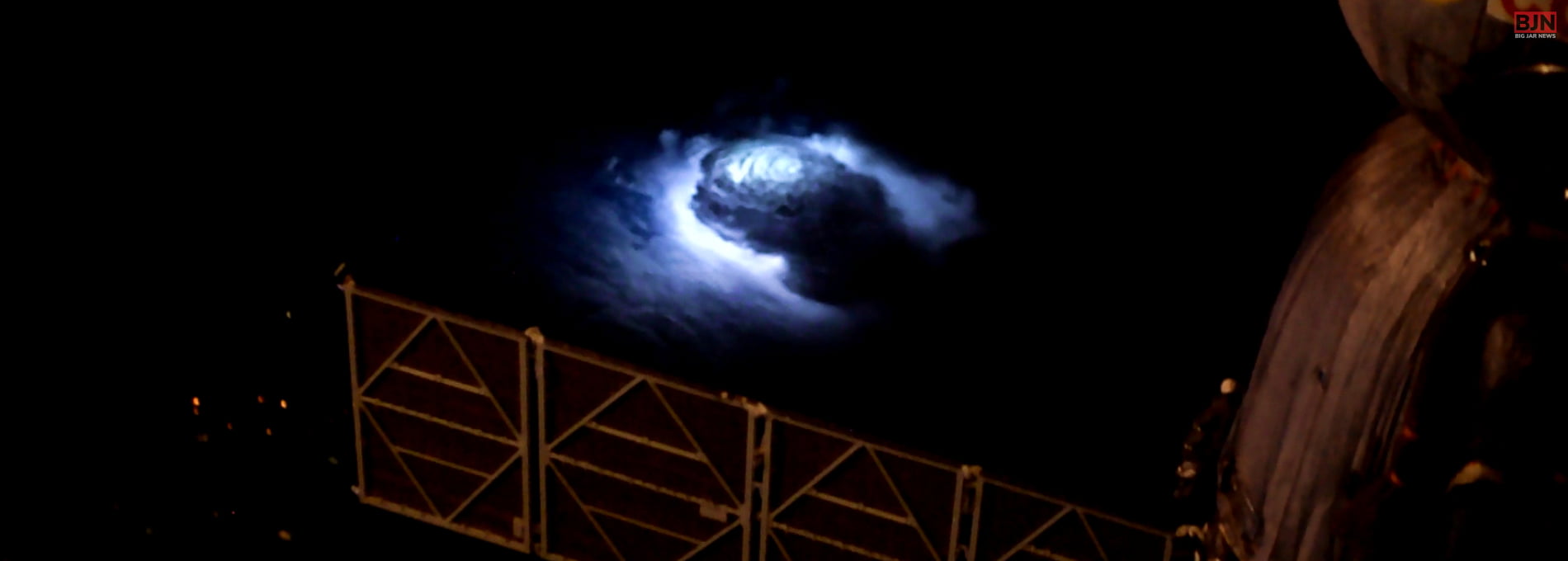New Space Camera Have Been Used By Astronaut To View Lightning Strikes

Table Of Contents
An astronaut used a new camera that captures lightning storms on Earth which will help learn more about lighting structure. A 2015 research done by astronaut Andreas Mogensen who works under the European Space Agency that researches lighting strikes on Earth will advance more through the help of this new camera.
Mogensen will use this new camera from the International Space Station to advance his research on lighting storms on Earth. Mogensen arrived at the orbiting space complex to complete a six-month mission to research lightning storms on Earth from space.
He hopes to capture elusive phenomena of lightning storms including “red sprites” and “blue jets.” “Red sprites” discharge lighting on Earth’s atmosphere layer mesosphere while “blue jets” are upside-down lighting.
Mogenson says, “There’s still a lot to understand exactly how they form, how they develop,” before he went on his mission on SpaceX Crew-7 on 25th August. He further added this new research will be “one of the more exciting studies” for scientists researching lighting.
His earlier image of blue jets taken during a 2015 research study was published in the most prestigious journals Nature and Science. These two journals are very famous in the scientific community.
Earlier many lighting images have been captured by powerful satellites in space like the American Geostationary Operational Environmental Satellite (GOES) series or the latest European Meteosat Third Generation series.
But human-led research allows more flexibility for researchers like Mogensen who can easily spot locations where lightning storms arise frequently and capture as many images as possible from the space station.
There are two more advantages to this mission. Earlier Mogensen’s 2015 mission was for 10 days while this new mission will be for six months hence more images. The new camera Mogensen has is called the Davis camera which can capture 100,000 images per second as per events it sees.
This better camera will ensure more accuracy in the images captured. Mogensen says this new camera will, “gives the scientists a way to study the formation and development of these types of lightning in much more detail. And there’s still a lot to understand exactly how they form, how they develop.”
Read Also:
You May Also Like

October 31, 2023























